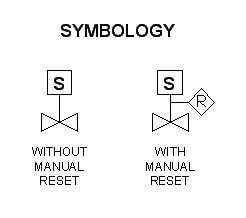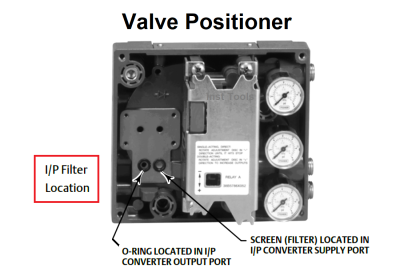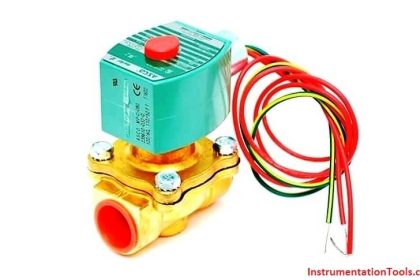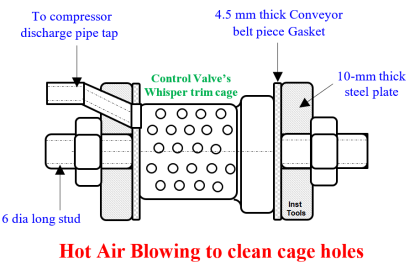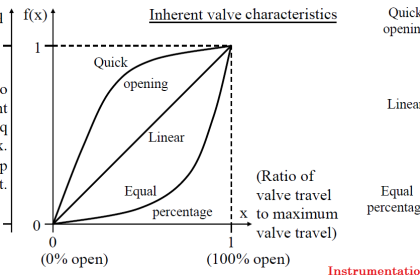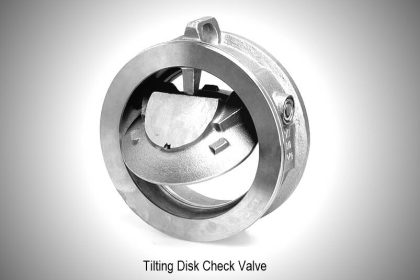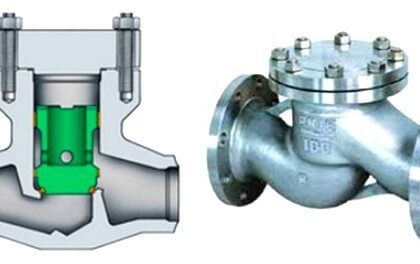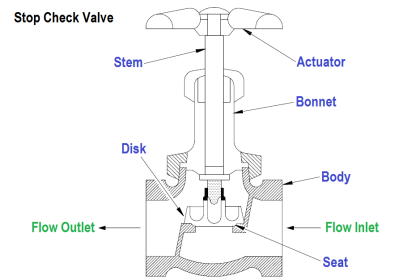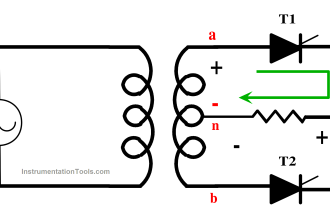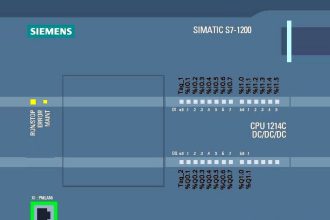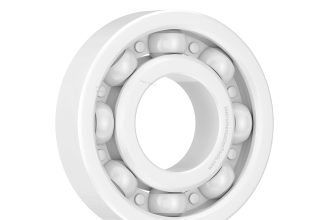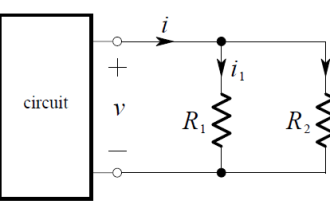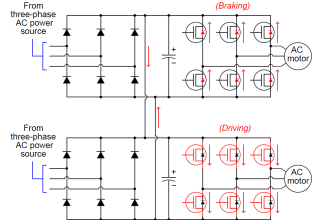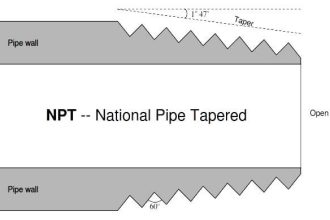Proper installation is as much important as selecting the right control valve for any process control. Because having properly selected a given control valve does not automatically ensure that it will do the right job.
In addition to the right selection, also depend greatly on the experience of the person who designed the piping layout.
It means a piping designer has to consider valve physical parameters such as height, mounting practices, accessibility, and the proper location for mounting the valve.
Install a Control Valve

Inspection of the control valve for any shipment damages is necessary before installation.
Control valve accessibility, its installation location, consideration for manual operation are few steps to be taken care of.
This article concentrates to discuss in more detail “How to install a control valve”.
Control Valve Accessibility
The control valves should be installed in such a way that they are readily accessible for maintenance purposes.
If a control valve is mounted at a certain height, a permanent platform or walkway with ample clearance for maintenance operations is required.
The control valve can be installed in any orientation, but the preferred installation is in a horizontal pipeline with an actuator in a vertical position.
It is recommended to install pressure gauges before and after the control valve to check the line pressure status as shown in the figure below.

Tips
Also, check the following points below.
Sufficient workspace to remove the actuator when a repair is necessary.
Sufficient clearances should be provided above and below the control valve so that the bottom flange and plug or the top works and the plug, may be removed with the valve body in place.
Can the flange bolts or the tie rods be removed?
Can the positioner gauges or valve travel indicator be seen?
Can the positioner be adjusted?
If a handwheel is provided, it in a position so that it can be rotated?
Can the pipe leading to the valve be de-pressurized or drained for purpose of valve removal?
Convenient for manual operation?
Valve Manual Operation
In many critical applications, it is necessary to consider a manually operated throttling valve in a bypass around the valve.
With appropriate block and drain valves on either side of the control valve that allows for the repair or replacement without shutting down the process.
A by-pass should be installed if continuous operation is required during maintenance and inspection.
Valve Location
The location of the valve chosen must be sufficient to permit repair.
Correct location to help prevent cavitation.
Place a steam trap close to the valve inlet if the valve is on the bottom of a steam header.
Straight run pipe of six pipe diameters downstream of the valve, do not place an elbow or pipe tee less than six pipe diameters downstream of a valve to avoid interference with the valve’s flow capacity.
In the case of high-pressure gas or steam pressure-reducing applications, try to have only straight pipes downstream of the valve or use the long sweeping elbow to avoid additional pipe noise. Allow for drainage through the valve. This is particularly important for sanitary valves and for valves handling dangerous fluids.
Study the possibility of corrosion caused by leaky flange gaskets or valve stem packing on the equipment located below the valve.
Control valve should not be located near a source of extreme heat. Control valves that handle combustible fluids should be kept away from the hot pumps, lines, or equipment.
Study the chances where the accessories might freeze up in winter.
Check and consider the ambient temperature rating of the actuator or positioner or heat trace the valve or airlines. In order to prevent premature failure of diaphragms and electric or electronic components.
Control valves should be located such that the top works are not adjacent to hotlines or equipment.
Electrical accessories must meet safety standards as applicable for installation in hazardous and other locations.
Reference: Control valve Primer A user’s guide by Hans D Bauman 2008.
If you liked this article, then please subscribe to our YouTube Channel for Instrumentation, Electrical, PLC, and SCADA video tutorials.
You can also follow us on Facebook and Twitter to receive daily updates.
Read Next:
- Advantages of Shutdown Valve
- Control Valve Commissioning
- Maintenance of Control Valves
- Basics of Control Valve Sizing
- Valve Relation between Cv and Kv
